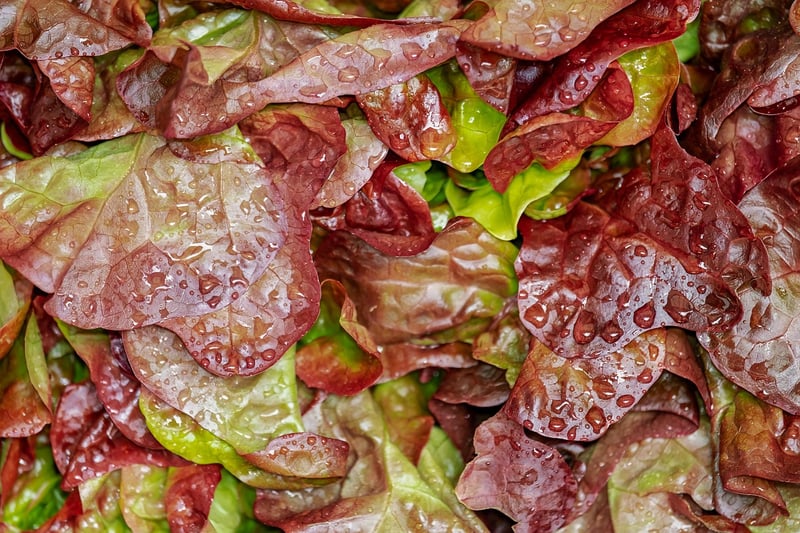Blend of Flavors
Creating Flavor Balance and the Art of Blending Flavors
When it comes to cooking or mixing drinks, achieving the perfect blend of flavors is an art that can elevate a dish or a cocktail to new heights. One of the key elements in this process is understanding how to create flavor balance, ensuring that no single taste overpowers the others and that all the components work harmoniously together.
The Importance of Flavor Balance
Flavor balance is crucial because it allows each element in a dish or a drink to shine while complementing the others. Whether you are cooking a savory meal or crafting a cocktail, achieving the right balance of sweet, salty, sour, bitter, and umami flavors can make all the difference.
Key Tips for Creating Flavor Balance:
- Start with a Base Flavor: Every dish or drink should have a base flavor that serves as the foundation. This could be a rich broth for a soup or a spirit for a cocktail.
- Consider the Five Tastes: Incorporate sweet, salty, sour, bitter, and umami elements in varying degrees to create complexity.
- Experiment with Contrasting Flavors: Combining contrasting flavors like sweet and salty or sour and spicy can add depth to your creation.
- Use Fresh Ingredients: Fresh herbs, spices, and produce can enhance the overall flavor profile of your dish or drink.
- Balance Intensity: Be mindful of the intensity of each flavor component to ensure they complement each other rather than compete.
The Art of Blending Flavors
Blending flavors is about combining different ingredients thoughtfully to create a cohesive and delicious end result. Whether you are layering flavors in a stew or mixing ingredients in a cocktail shaker, mastering the art of blending flavors can take your culinary creations to the next level.
Techniques for Blending Flavors:
- Layering: Build flavors by adding ingredients at different stages of cooking or mixing to create depth.
- Infusing: Infuse liquids with herbs, spices, or fruits to extract their flavors and aromas.
- Emulsifying: Create emulsions by blending ingredients that don't naturally mix, like oil and vinegar in a vinaigrette.
- Marrying Flavors: Allow dishes or drinks to sit for a while to let the flavors meld together for a more cohesive taste.
Mastering the art of blending flavors and creating perfect flavor balance takes practice, experimentation, and a good understanding of ingredients. Whether you are a home cook or a mixologist, paying attention to how different flavors interact and complement each other can help you elevate your culinary creations to a whole new level.

Remember, the key to great cooking or mixology is not just following a recipe but understanding the principles behind flavor balance and blending. So, don't be afraid to experiment, trust your taste buds, and enjoy the journey of creating delicious and harmonious flavors!
